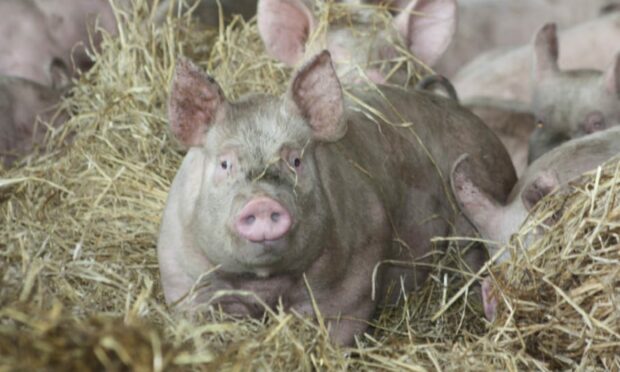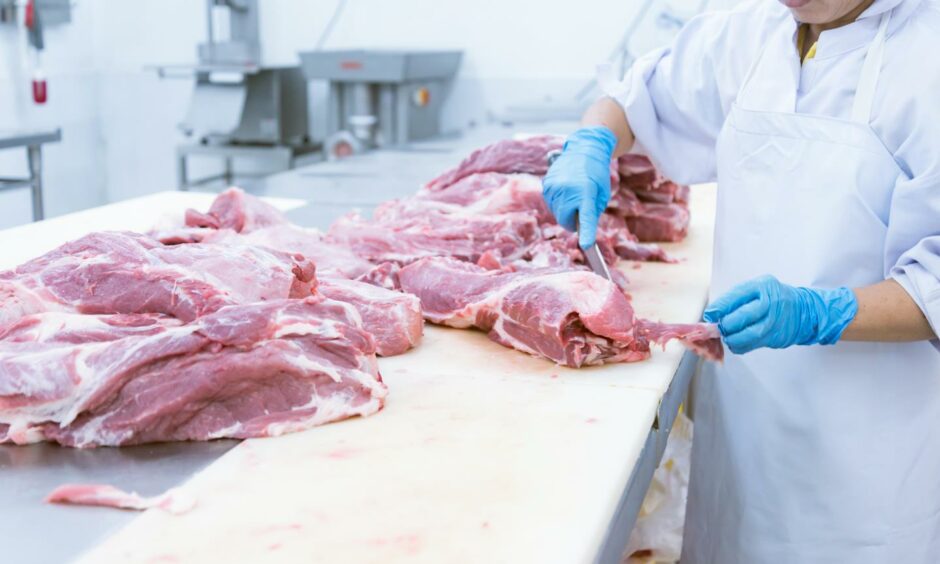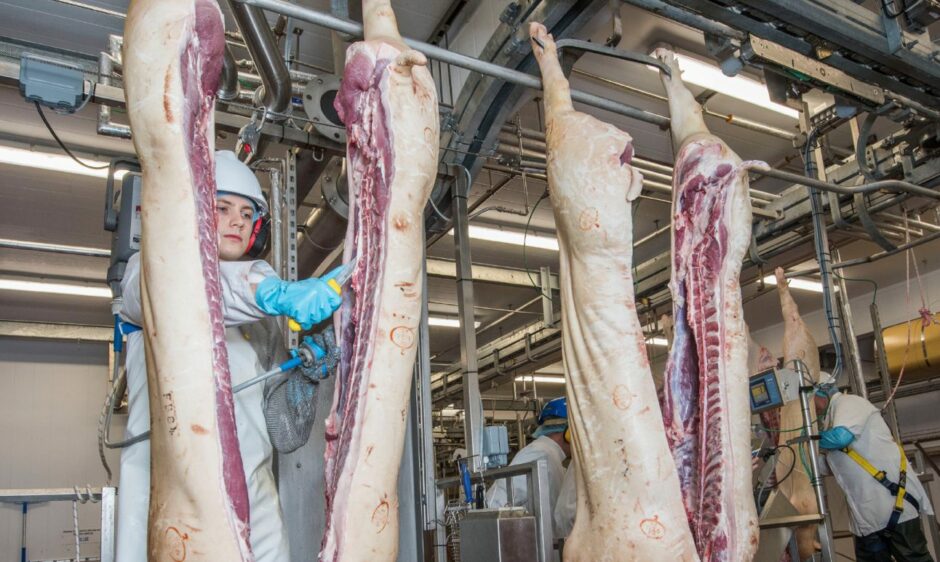Pig industry leaders have issued a desperate plea to retailers to prioritise UK pork as tens of thousands of pigs face being destroyed due to a lack of labour in abattoirs and meat processing plants.
The National Pig Association (NPA) has written an open letter to UK retailers urging them to support the sector by prioritising British pork at their processing plants.
In his letter, NPA chairman Rob Mutimer said an estimated 120,000 pigs, which should have gone for slaughter, were stuck on UK farms.
“The percentage of contracted British pigs being accepted by processors has been reduced by up to 25% per week since the beginning of August and has now reached the point where some farmers are facing a welfare cull of their pigs for rendering because they have simply run out of space and have no ability to shut off the pig supply coming through,” said Mr Mutimer.
“The only option for some will be to cull pigs on farm, which is something that we have tried our utmost to avoid, not least for those that lived through the Foot and Mouth outbreaks who will not want to relive such a heart-breaking experience.”
He said other farmers will be forced to pay for their pigs to go to dedicated slaughterhouses for culling and rendering.
“Not only would this be an incredible waste of healthy pigs and good pork, it would be financially ruinous and incredible damaging for your supply chains,” added Mr Mutimer’s letter.
He called on retailers to prioritise British pork through their plants and to divert butchery staff, who have been working on imported EU pork or on products such as gammons for Christmas, back to British pigs to get the supply chain moving again.
“This is no longer a question of cost, and need not continue indefinitely, but comes from the desperate need to reduce the backlog of pigs that we have on our farms and avoid this precipice that we now find ourselves facing,” added Mr Mortimer.
His plea comes as the Scottish Association of Meat Wholesalers (SAMW) warned the labour crisis in meat factories was likely to go on for some time.
Speaking following a meeting of the association’s executive council, SAMW president, Alan McNaughton, said any notion the staffing problems affecting the food industry would disappear after Christmas was fanciful.
He said: “Member after member reported labour problems during the meeting with one major company owner commenting that this problem could continue throughout 2022 and possibly beyond.”
He said the meat processing sector accepted that the labour crisis was not simply down to Brexit, and the sector could do more to attract people into the industry however this will take time.
Mr McNaughton added: “The UK Government must now therefore act quickly to fill today’s void by allowing us to simply and quickly recruit staff from outside the UK to work here for at least 12 months to keep our factories running.”
A UK Government spokesman said: “We understand the importance of seasonal labour and we are aware of the challenges that the red meat industry has faced in recent months because of the Covid-19 pandemic and labour shortages, and Defra has been working closely with red meat processing sectors during this time.
“We are keeping the market under close review and continuing to work closely with the sectors to explore options to address the pressures industry is currently facing.”
Home Office defends immigration rules amid meat plant worker shortage


